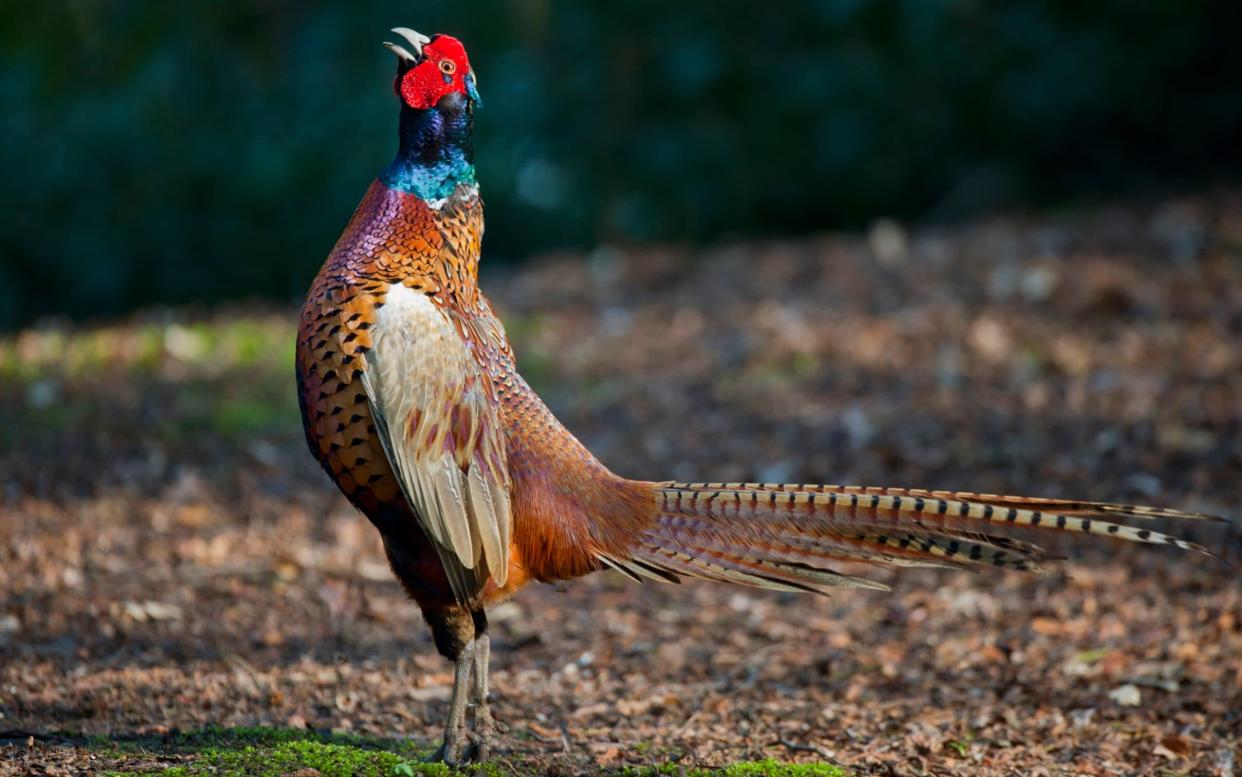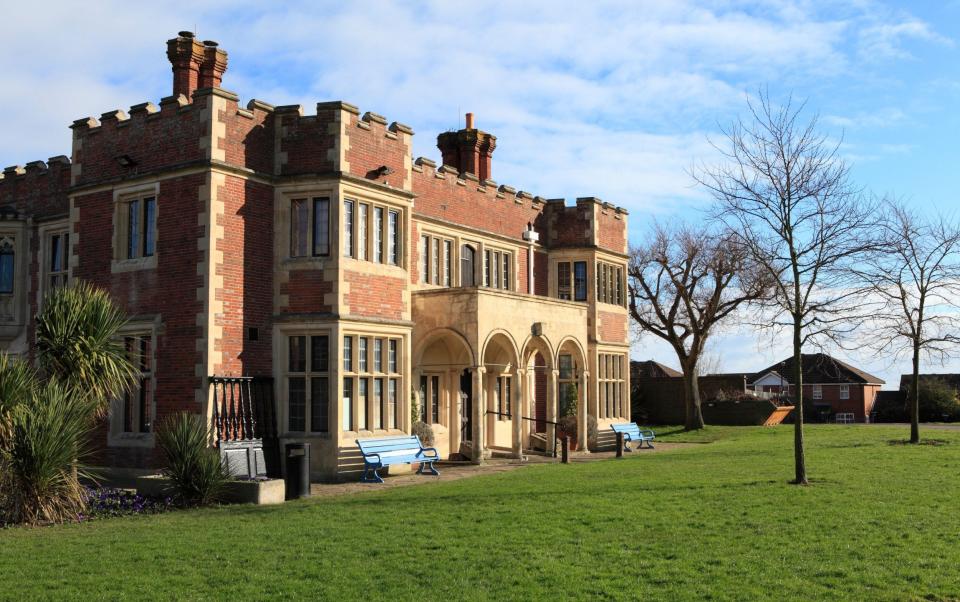Pheasants are ‘queer’, museum tells visitors in LGBT exhibition

Pheasants are “queer”, according to an LGBT history guide for museum visitors.
The guide states that the birds are “queer” because they “change their sex from female to male”, despite the claim being scientifically unfounded.
Visitors to the Hastings Museum and Art Gallery are also informed that the LGBT behaviour of animals has been historically “hidden from the public”.
The “queerness” of game birds and other animals undermines arguments that any “queer” behaviour is “unnatural”, according to a guide published by the Hastings Queer History Collective, which is supported by Arts Council England.
Their pamphlet, which was produced with the help of the local They Them graphic design studio, steers visitors around the “pink history” of the seaside town and its museum collections.
It highlights a pair of taxidermied pheasants held in the council-owned Hastings Museum and Art Gallery.
“Despite queer behaviour in the animal kingdom being observed as far back as the 18th century, it is often ignored or hidden from the public,” it says. “One example is of female pheasants changing their sex when they stop laying eggs and turn their brown feathers into the brightly coloured feathering typical of males.
“Pheasants feature in some of the earliest European studies of queer behaviour in animals.”
It adds: “With queerness visible in the natural world, the argument that it is somehow ‘unnatural’ begins to unravel.”
‘These kind of claims can be very wearying’
The guide – a Queer History Trail Map – cites a work by an 18th-century ornithologist, John Hunter, who wrote an obscure account of pheasants changing sex.
Research into female pheasants changing plumage has found that they do not “change sex”, but produce male feathering owing to a hormonal imbalance arising from damaged ovaries. This has also been observed in chickens.
Dr Emma Hilton, a development biologist and board director of the gender-critical campaign group Sex Matters, said the claims about pheasants were “nonsense”.
“The only vertebrates that change sex are all fish. Birds do not change sex,” she said.
“Often in the process of ageing, female animals can produce male features as a result of hormonal changes, we can also see this in humans following the menopause, but we would not say that older women had changed sex if they have a bit of a moustache.
“These kinds of claims can be very wearying.”
The guide makes further claims, including that “Eighteenth-century colonialism is responsible for the destruction of many ancient gender systems in countries around the world”.
As an example, the guide points to a suit of samurai armour, and explains that in Japan there was a “third gender” known as a “wakashu” before “Western influences began the inevitable dismantling of these traditions and beliefs”.
Museum visitors are pointed towards other people and places in “queer history”, including King William II, the Greek god Apollo, and Hastings Pier.
The Hastings Queer History Collective, which produced the guide, was founded in 2020 after the museum and gallery received £450,000 of Arts Council funding to support a programme focussing on “inclusivity and community”.

The local borough council controls the museum and gallery. It was Labour-led when the guide was produced, but now has no overall control after eight Labour councillors resigned in protest over Sir Keir Starmer’s position on the Israel–Hamas war.
The collective cites the Arts Council as a supporter on its official website, along with the Museum of Transology. The They Them Studio, a “queer-led graphic design company”, designed the map.
The Hastings Queer History Collective website states that the guide is available at the museum and gallery reception, but an online version has now been taken down.
Hastings Borough Council has been contacted for comment.

